Choosing the right ideal tie length is not just about personal preference—it is a key element of a polished appearance. Whether dressing for business, formal events, or casual outings, the length of your tie significantly affects your overall look. Understanding the correct tie length is crucial for making the right impression and enhancing your style. This guide will delve into the standards and nuances of tie lengths, ensuring you always look impeccably dressed for any occasion.
How Long Should Your Necktie Be – Understanding the Tie Standards
Neckties, as quintessential components of men’s fashion, play a vital role not just in aesthetics but also in conveying professionalism and style. The right necktie size is critical as it impacts not just the wearer's comfort but also his confidence and the way he is perceived. Standard tie lengths are designed to work with various body types and fashion preferences, ensuring that every man can find a tie that enhances his attire and fits comfortably within the conventions of modern fashion.
What is the Standard Tie Length?
When selectingan appropriate length of tie, it's important to consider both your body shape and your personal style preferences. Ties come in various lengths to accommodate these differences, ensuring every individual can find a fit that looks tailored and feels comfortable. Here’s a brief overview of common tie lengths and whom they best suit:
Standard Length Ties:
- Length: 57 to 58 inches
- Suitable for: The majority of adult men
- Notes: Ideal for most body types, providing a balanced look with most knots.
Longer Ties:
- Length: 60 to 63 inches
- Suitable for: Taller individuals or those who prefer bulkier knots
- Notes: Provides extra length for proper styling and a proportionate appearance.
Shorter Ties:
- Length: 52 to 56 inches
- Suitable for: Shorter men or those who prefer a minimalistic style
- Notes: Prevents the tie from overwhelming smaller frames and supports a sleek look.
Understanding these options helps in selecting a tie that not only fits well but also enhances your attire, aligning with your style and body type.
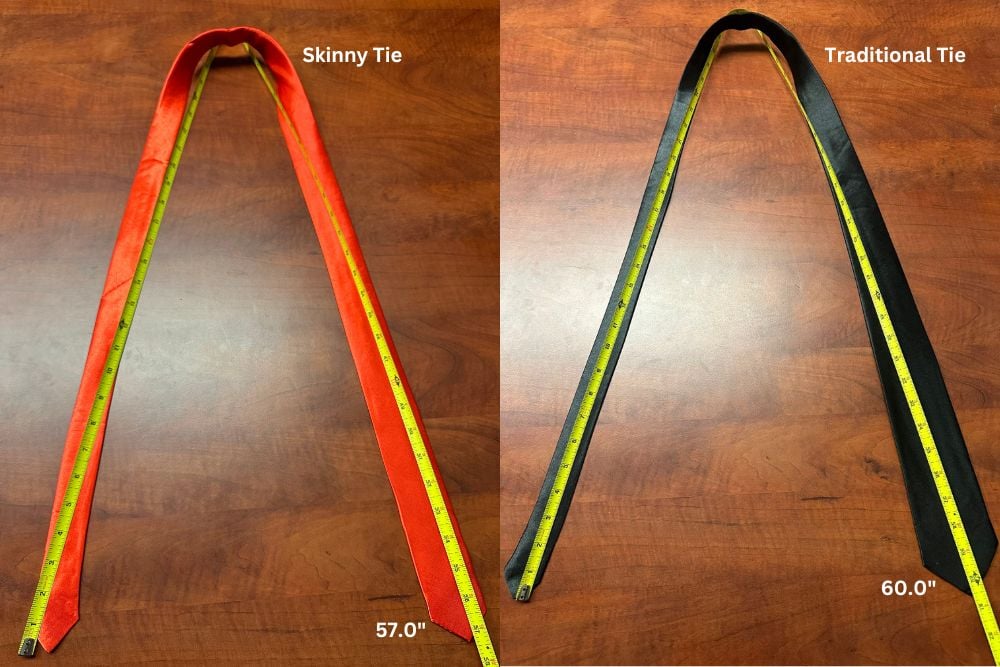

Rules for Tie Length and Occasions
The length of your tie should be chosen with the setting and occasion in mind. In business environments, a tie that just reaches the belt buckle is ideal, projecting a sharp and professional image. For casual events, you can opt for slightly shorter or unconventional lengths, which lend a relaxed and approachable feel to your ensemble. In formal situations, sticking to traditional tie lengths is key to maintaining an elegant and sophisticated appearance. Knowing these guidelines ensures your tie is perfectly suited for any event, enhancing your outfit and ensuring you make a positive impression.
How to Adjust Your Tie for Perfect Fit
Adjusting your tie is essential not only for achieving a stylish look but also for ensuring comfort throughout the day. Whether you're preparing for a crucial business meeting or dressing up for a social event, adjusting tie length can dramatically impact your appearance. A well-adjusted tie aligns perfectly with your shirt collar and belt, creating a neat, symmetrical look that draws the eye. By mastering a few simple adjustment techniques, you can ensure your tie always looks its best, enhancing both your style and your comfort.
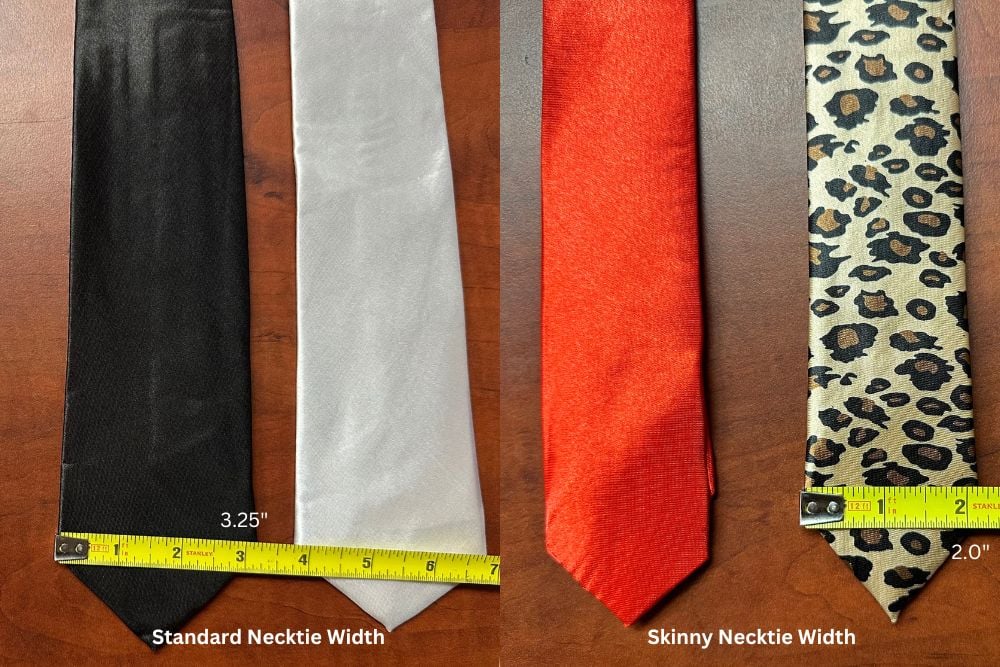

Making Small Adjustments with a Tie Bar
Using a tie bar is not only about adding a touch of elegance to your outfit; it’s also a practical way to keep your tie in place and adjust its length subtly. Place the tie bar between the third and fourth buttons of your shirt to secure both the front and back ends of the tie, ensuring it hangs straight and stays in position. This accessory prevents the tie from swinging and maintains the fabric taut, which can subtly alter the perceived length of the tie, making it appear perfectly tailored to your suit and body height.
Tips for Re-tying to Achieve the Desired Length
Mastering the art of tying your tie is key to ensuring it hangs correctly and complements your outfit. Start by draping the tie around your neck, ensuring one end is slightly longer than the other. Adjust the length so that when you finish tying the knot, the tip touches the top of your belt buckle—this is generally the sweet spot for tie length. If the first attempt leaves the tie too long or short, don't hesitate to untie and re-tie, adjusting the initial positioning of the ends. With practice, you'll be able to achieve the desired length quickly and efficiently every time.
Choosing the Right Tie Width
Selecting the right tie width is crucial as it needs to balance with your personal style, body type, and the proportions of your outfit. The width of your tie can significantly affect your overall appearance; a tie that is too wide or too narrow can throw off the balance of your ensemble. It's important to choose a width that complements your body size and the scale of your suit's lapels and shirt collar, ensuring everything is in harmony for a coherent and stylish look.
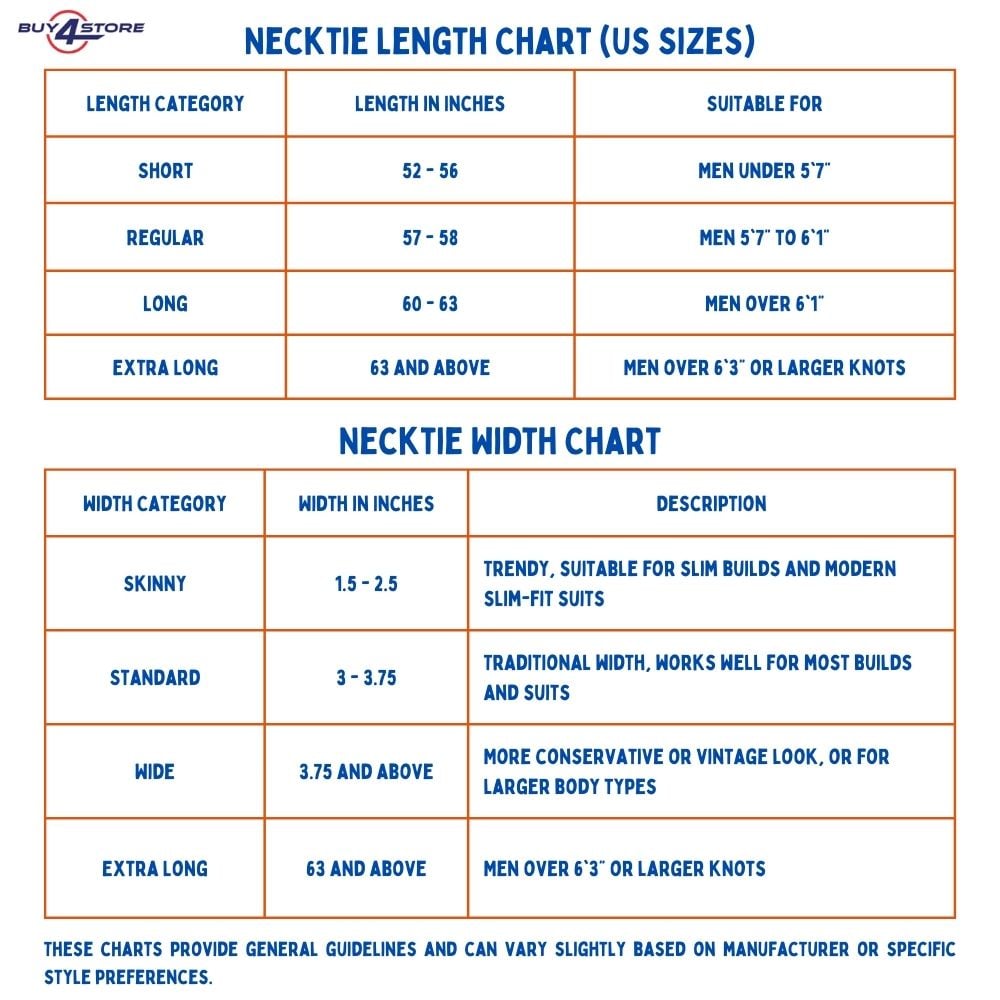



Tie Width Options
Selecting the right tie width is as crucial as choosing its length because it significantly influences your overall style and how the tie complements your attire. Tie widths vary to accommodate different fashion trends and body types, ensuring that every man can find a tie that matches his personal style and the specific needs of his outfit. Here’s a breakdown of the different tie widths, such as skinny tie width and standard necktie width available:
Skinny Ties:
- Width: Approximately 2 inches.
- Style Suitability: Ideal for modern, trend-forward looks.
- Best Paired With: Slim-fit suits and narrow lapels.
- Occasion: Great for casual and less formal business events where a contemporary style is appreciated.
Standard Width Ties:
- Width: About 3.25 inches.
- Style Suitability: Offers a timeless appeal that is versatile across various settings.
- Best Paired With: Any suit style, particularly effective with business and formal attire.
- Occasion: Perfect for traditional business settings and formal events.
Choosing the correct tie width allows you to enhance your style by matching it appropriately with the context of your outfit and the setting.
Matching Tie Width with Your Body Type and Outfit
When selecting a tie width, consider your body type and the specific details of your outfit. For individuals with broader chests or larger physiques, wider ties can create a more balanced look. Conversely, those with slimmer builds might find that skinny ties better complement their proportions. It's also crucial to match the tie width with the lapel width of your suit jacket; this coordination helps maintain a proportional and aesthetically pleasing look. Always ensure that the tie complements your overall attire and enhances your presence without overwhelming your features.
How Long Should a Man’s Necktie Be
Understanding the ideal tie length is crucial for men of all builds and heights. The necktie length chart serves as a valuable tool for selecting a tie that complements individual body dimensions rather than adhering to a one-size-fits-all approach. Different body types will benefit from different tie lengths to maintain proportion and balance in their overall appearance. This consideration is essential not only for aesthetic harmony but also for enhancing comfort and confidence in one’s attire.
Tie Length for Tall, Average, and Short Men
Selecting the right tie length is crucial for enhancing one's appearance and ensuring the tie complements the overall outfit. Here's a tailored guide based on height:
- Tall Men: For men over 6 feet, the recommended men’s necktie length is usually around 61 to 63 inches. This extra length ensures the tie reaches the belt buckle without appearing too short.
- Average Height Men: Men of average height (around 5'9" to 5'11") should opt for ties that are about 57 to 58 inches long, which is considered the standard length.
- Short Men: For men shorter than 5'8", shorter ties measuring around 52 to 56 inches are ideal to avoid an overly long tie that disrupts the outfit's balance.
Considering Other Body Proportions
When selecting a tie, it's not just the height that matters, but also the neck size, torso length, and the overall body proportions. These factors play a critical role in choosing the correct tie length:
- Neck Size: A larger neck size may require a longer tie to accommodate a larger knot.
- Torso Length: Individuals with longer torsos might find that standard tie lengths fall short, necessitating a longer tie to achieve the proper positioning at the belt line.
- Body Proportions: The overall proportions of the body, including shoulder width and chest size, should be considered to ensure the tie width and length enhance the body’s natural silhouette.
Why the Right Tie Length Matters
Choosing the right tie length is crucial not only for aesthetic harmony but also for practicality in various settings. Determining necktie length correctly can significantly impact a person's professional image and self-confidence. A tie that matches the wearer's body size and the proportions of the suit can transform an ordinary outfit into a standout ensemble, commanding respect and attention. Furthermore, the right tie length ensures comfort throughout the day, avoiding constant adjustments and maintaining a crisp, clean look that enhances any business or formal attire
Impact on Professional Appearance
The length of your tie plays a pivotal role in creating a professional appearance. An appropriately sized tie, respecting the standard necktie length, can significantly boost a person's confidence and portray a sense of meticulousness and attention to detail. For professional settings, a tie that perfectly meets the belt line conveys authority and preparedness, key attributes in business environments. Moreover, maintaining the standard length ensures that the tie complements rather than detracts from a well-tailored suit, fostering a look of competence and elegance.
Enhancing Personal Style
A perfectly fitting tie does more than just accessorize an outfit—it enhances the wearer's personal style and overall appearance. It shows an awareness of fashion nuances and a dedication to personal grooming, which can speak volumes in both personal and professional contexts. The right tie can be a focal point of an outfit, showcasing individuality through patterns, textures, and colors, all while adhering to style conventions that flatter the wearer's physique and fashion sense.
Understanding and applying the principles of tie selection can make a significant difference in both the perception others have of you and your own self-image. We invite you to explore our wholesale ties category for a variety of options that not only meet the discussed standards but also enhance your wardrobe. Whether you're updating your own collection or stocking up for business purposes, our selection offers quality and style to suit any occasion.

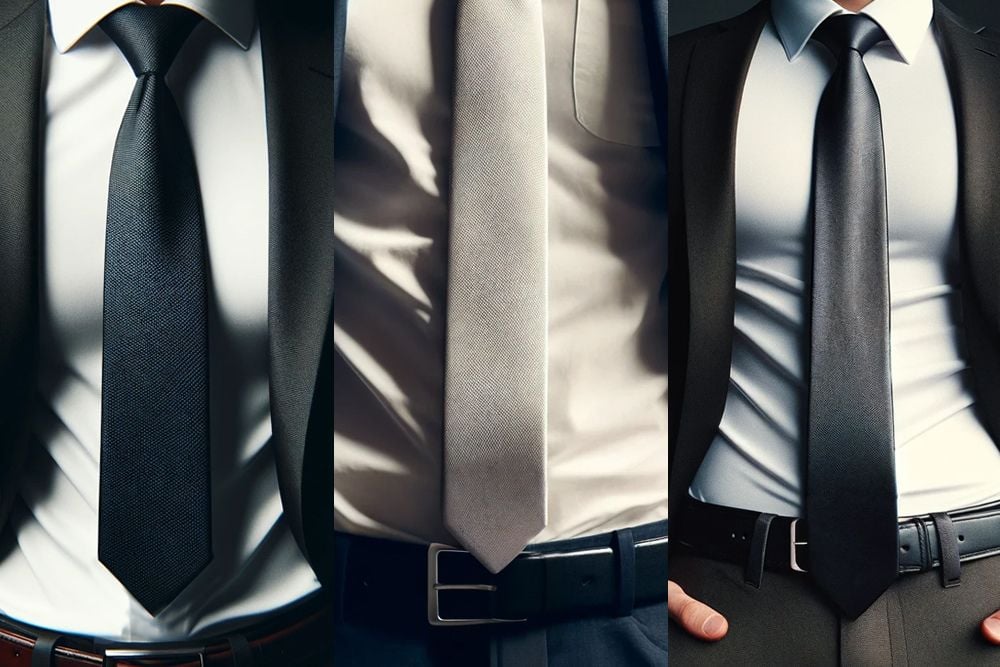

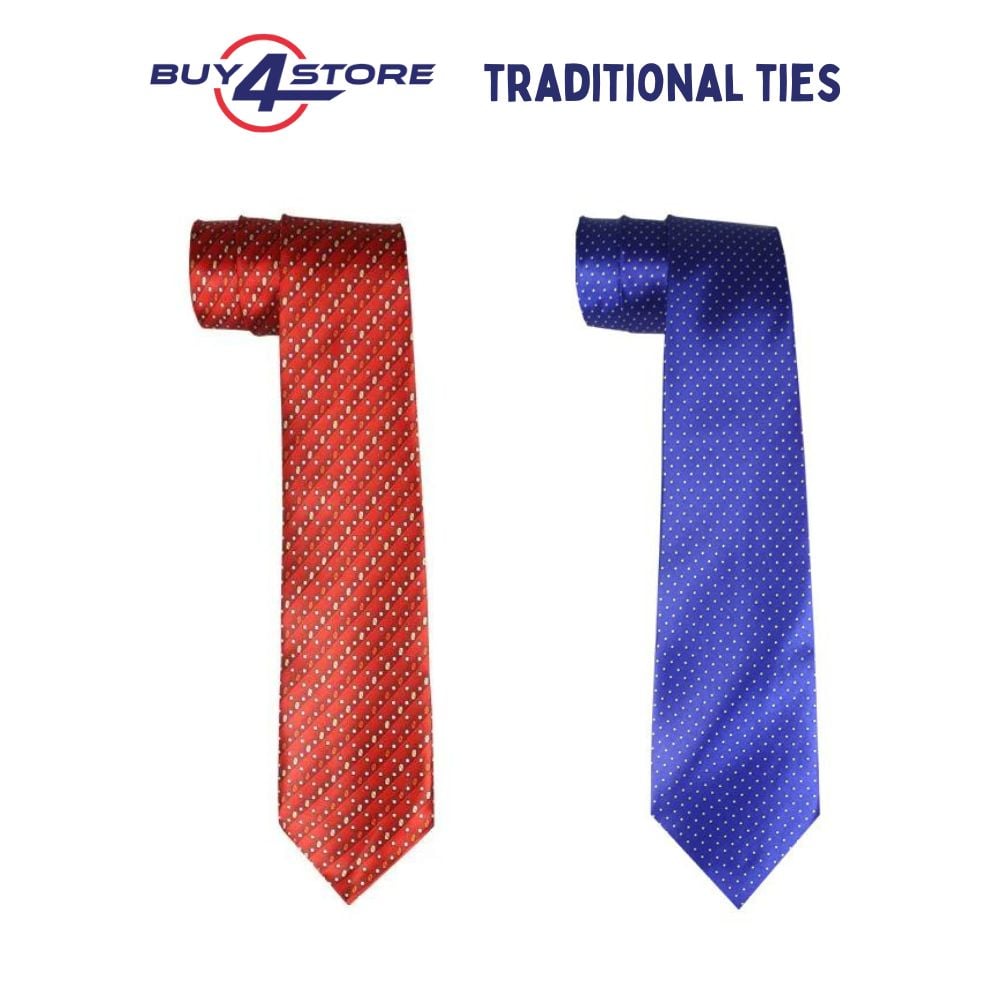
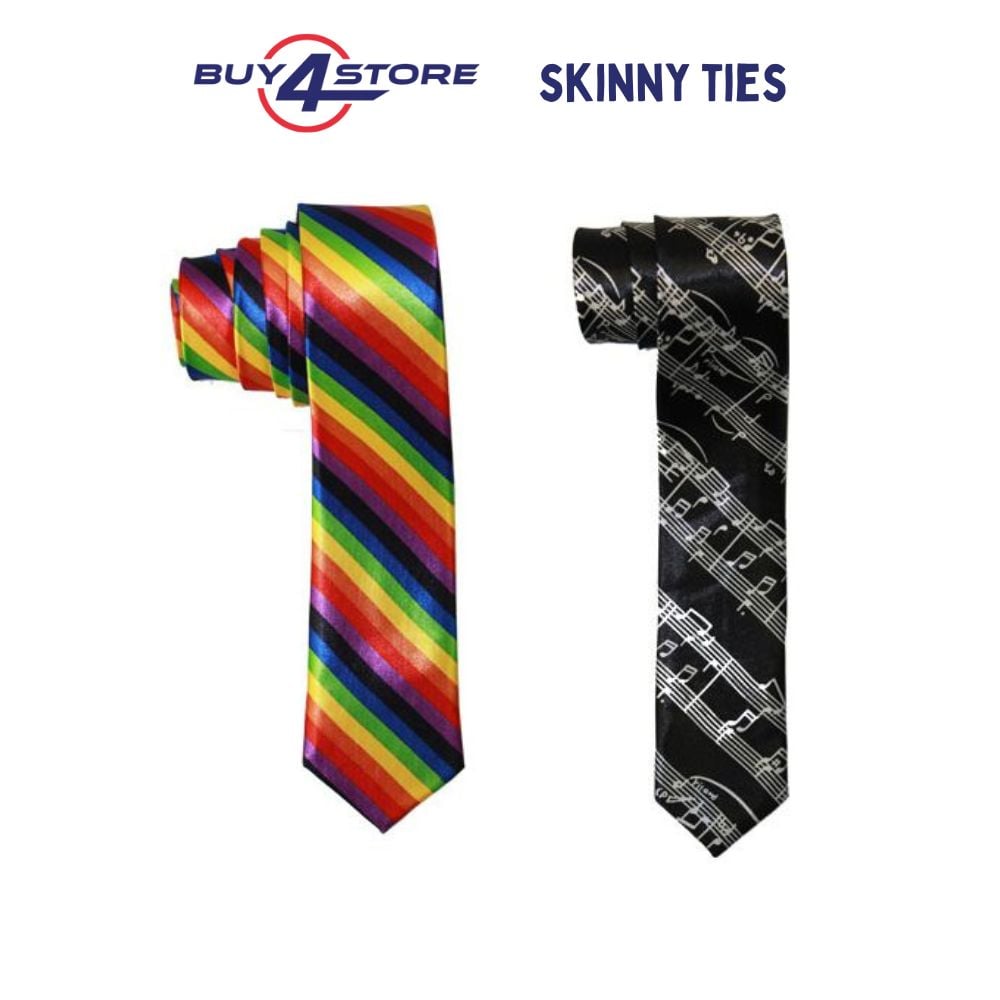
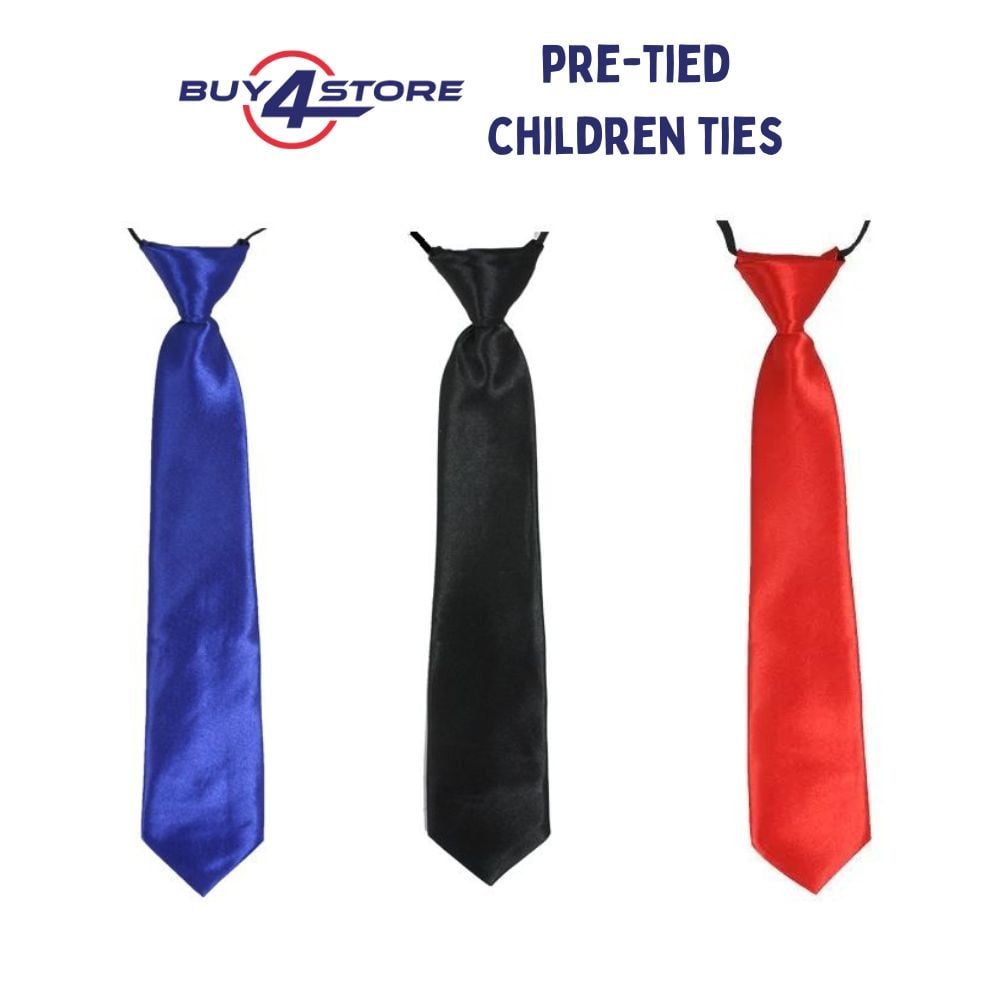
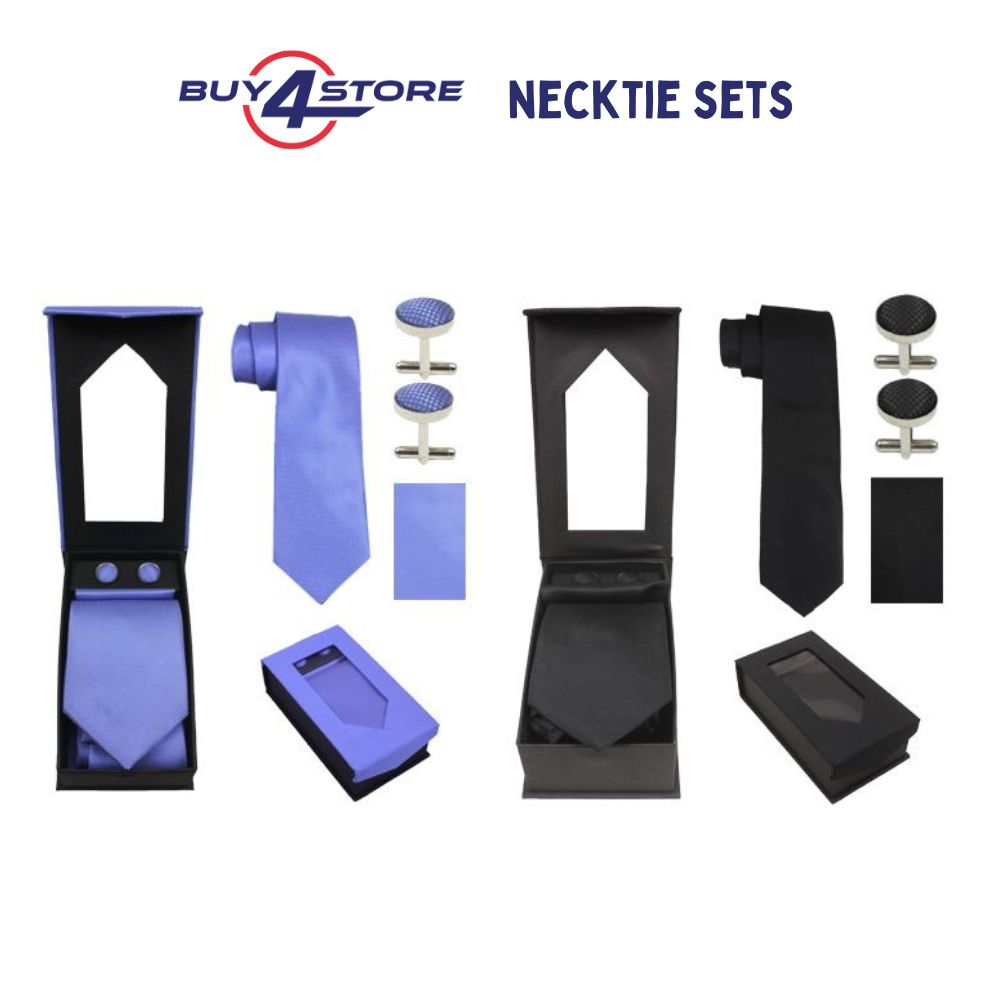
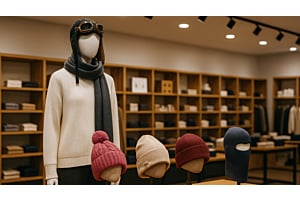

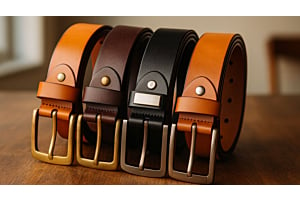


0 Comment(s)